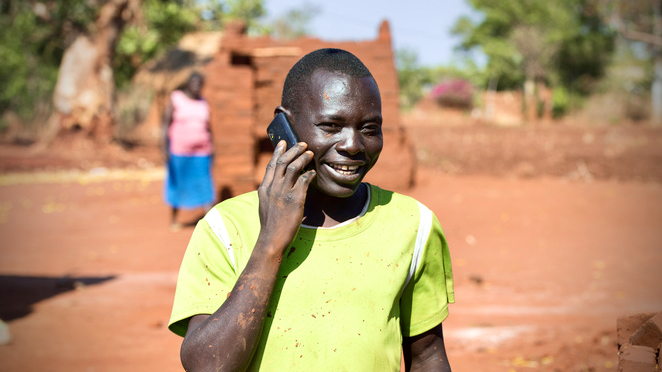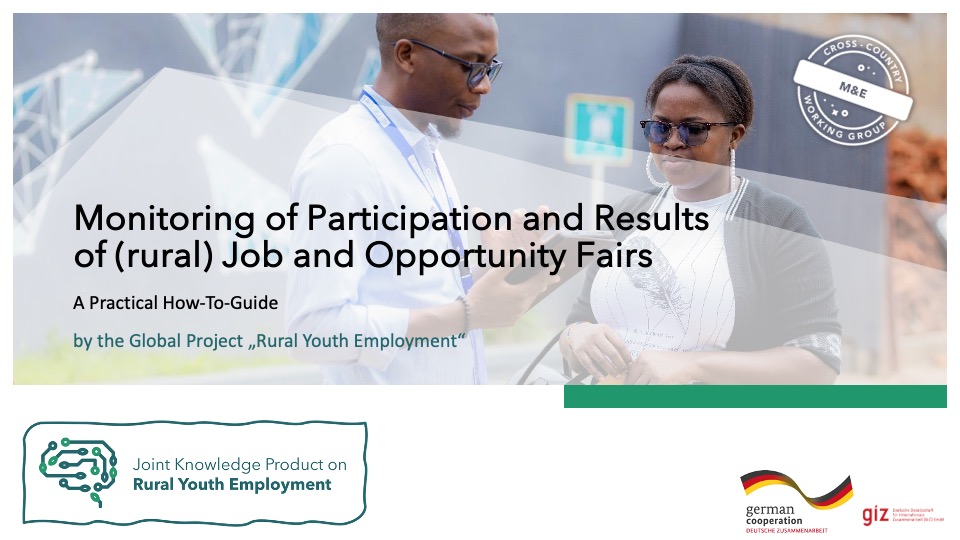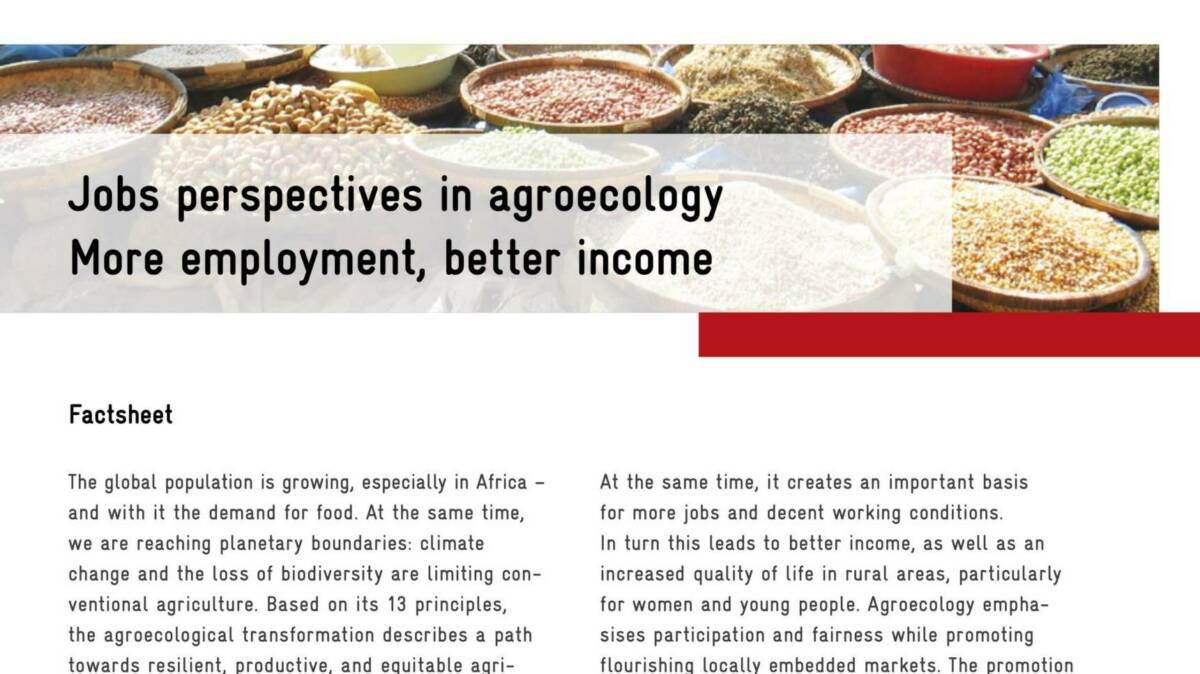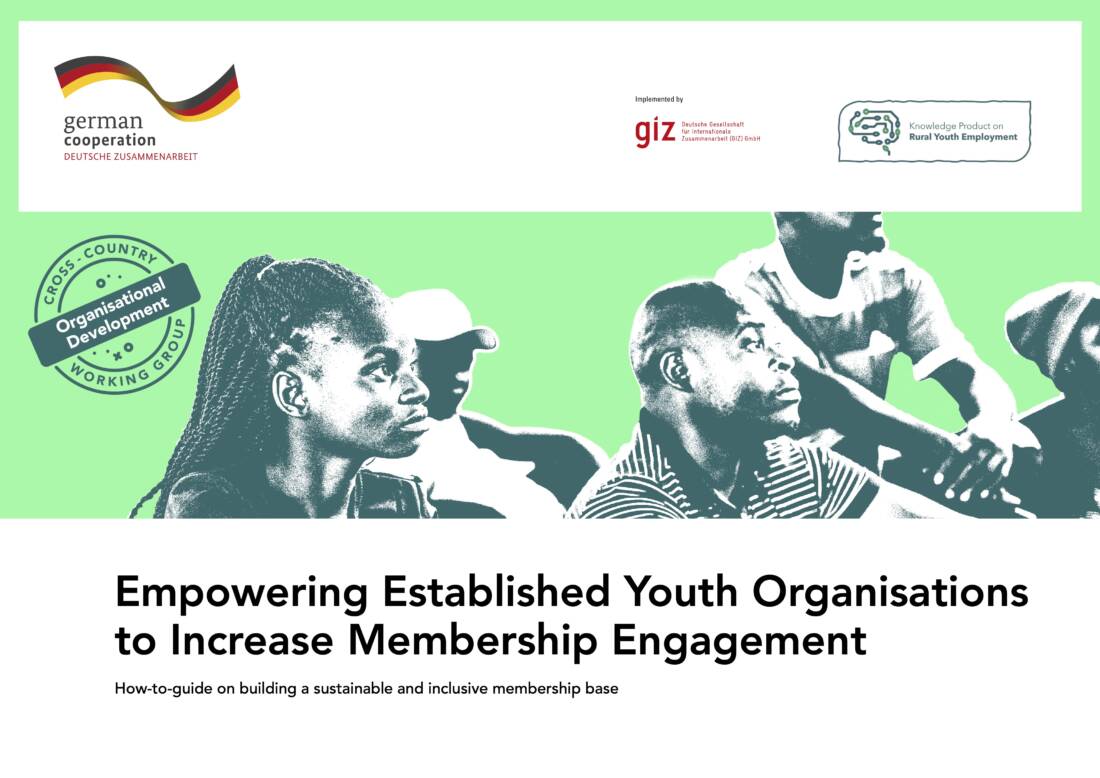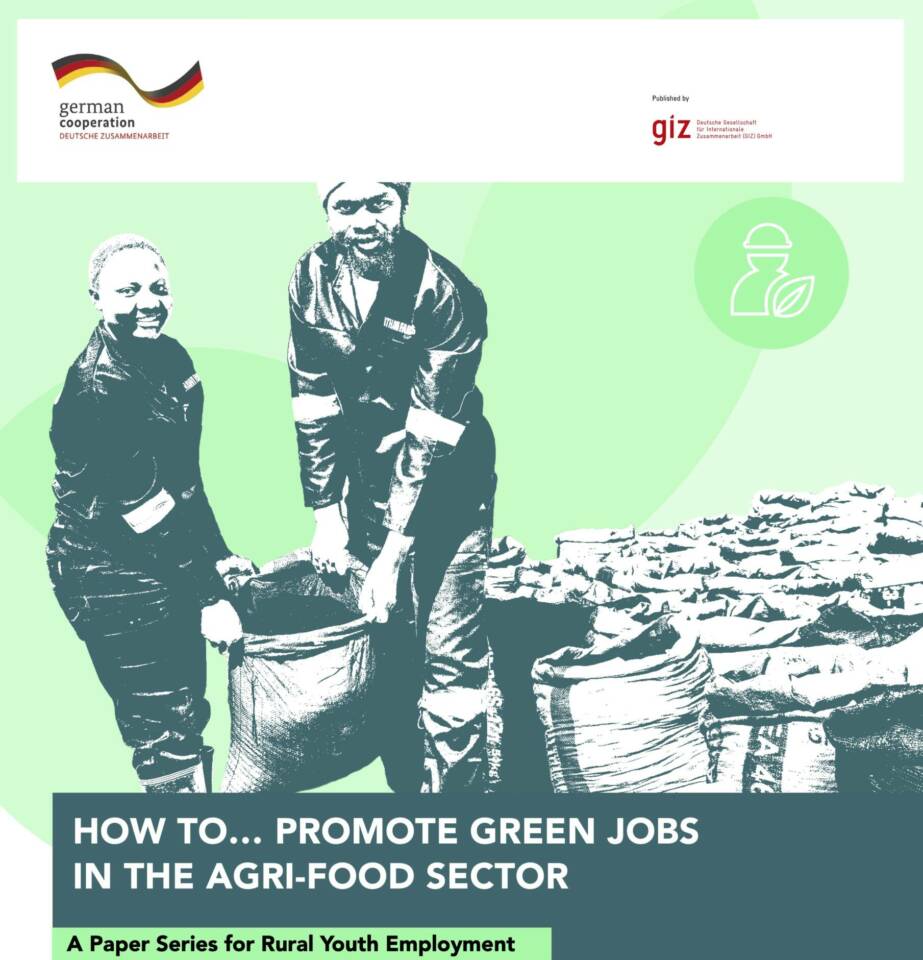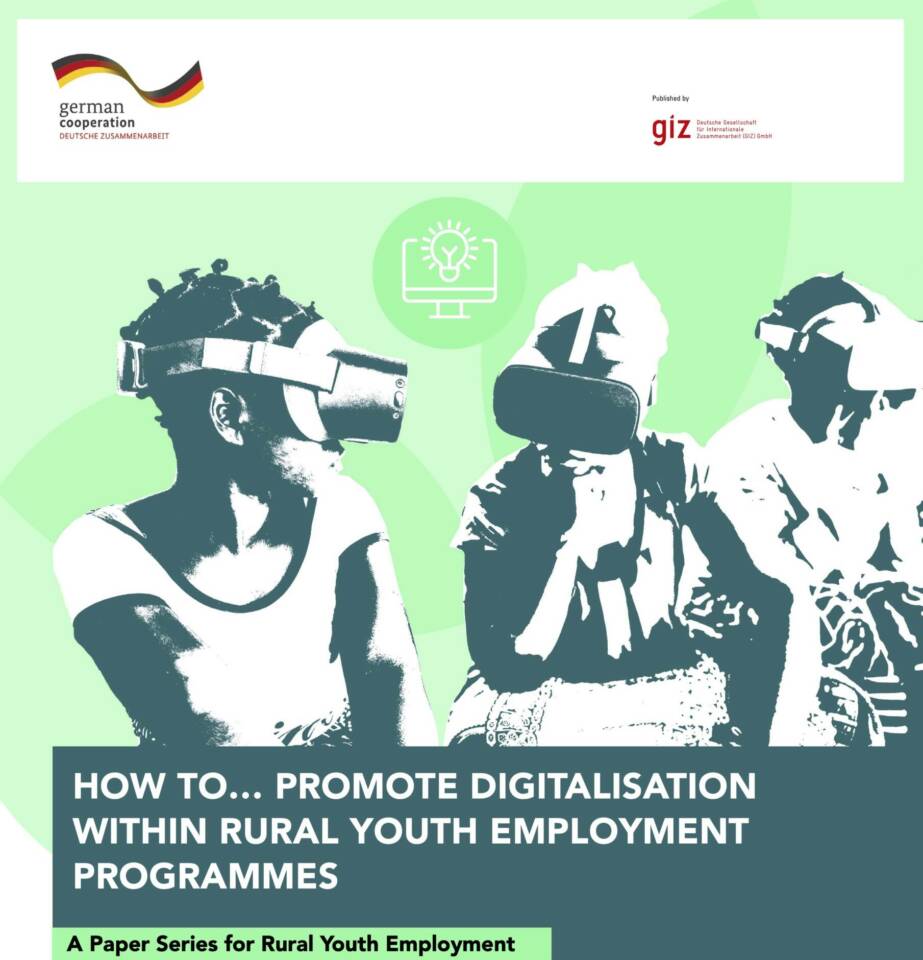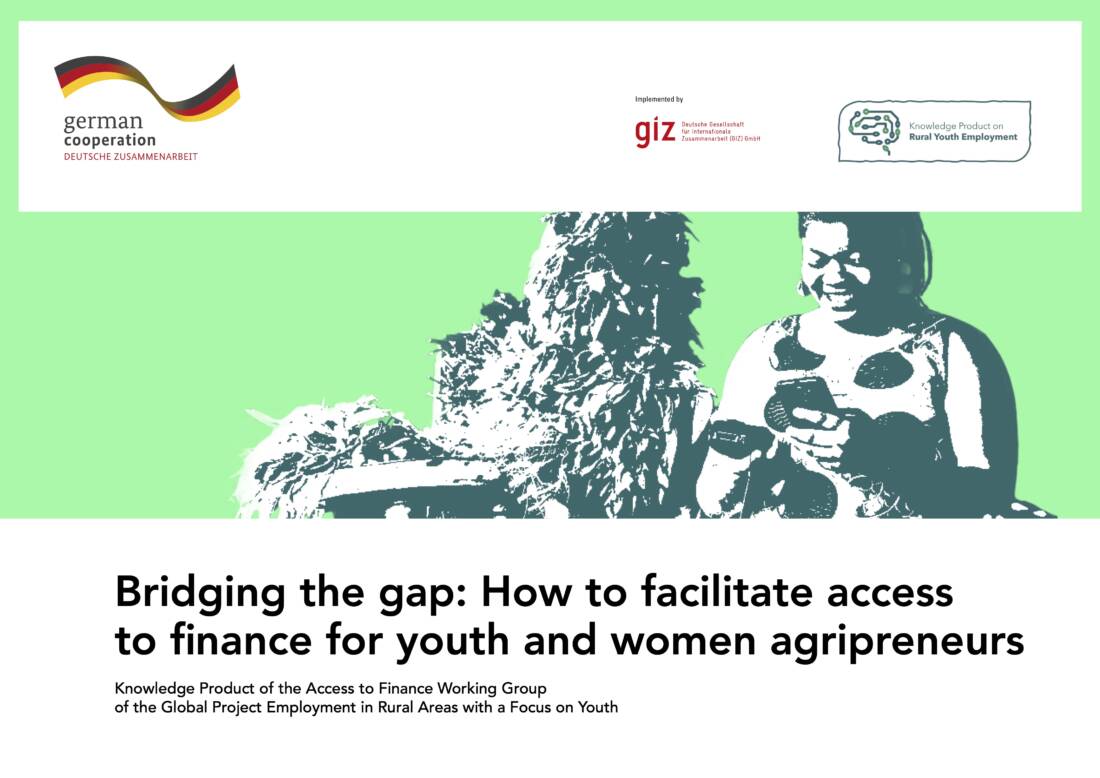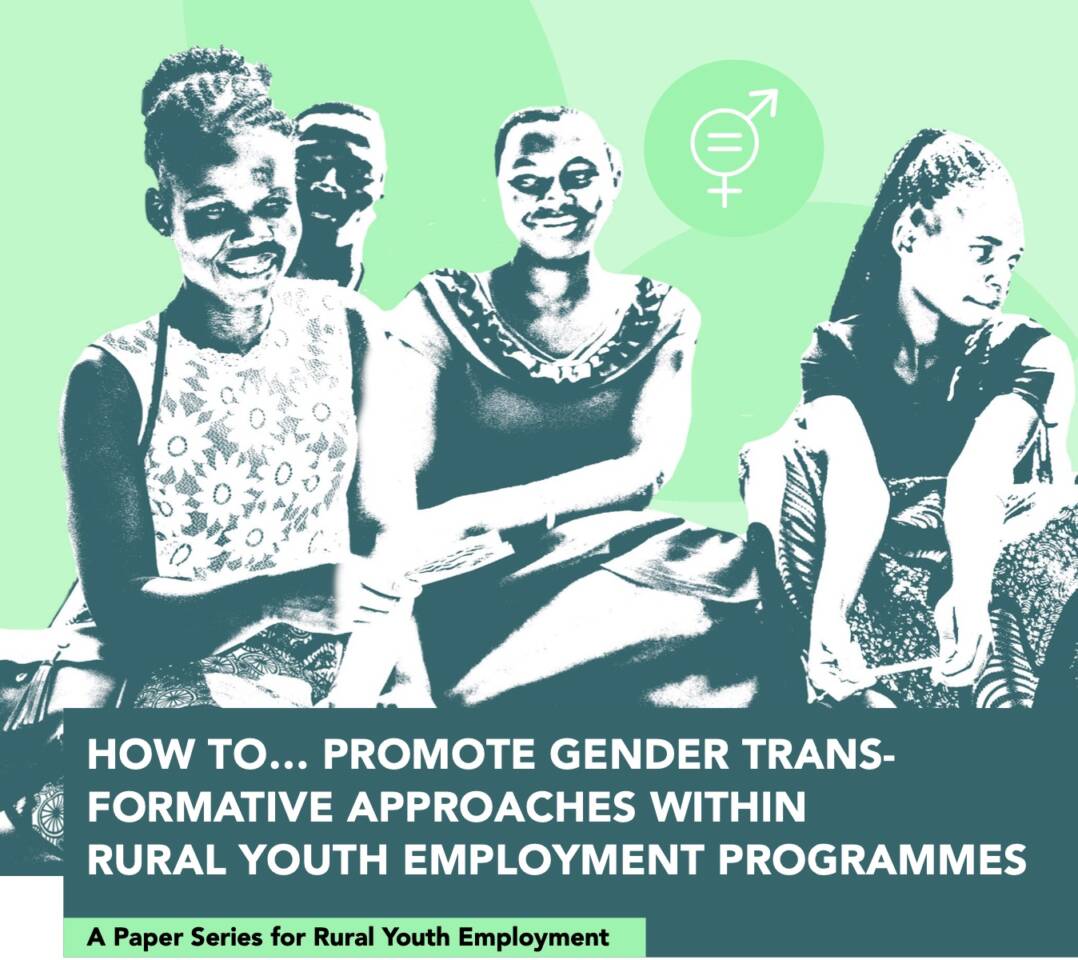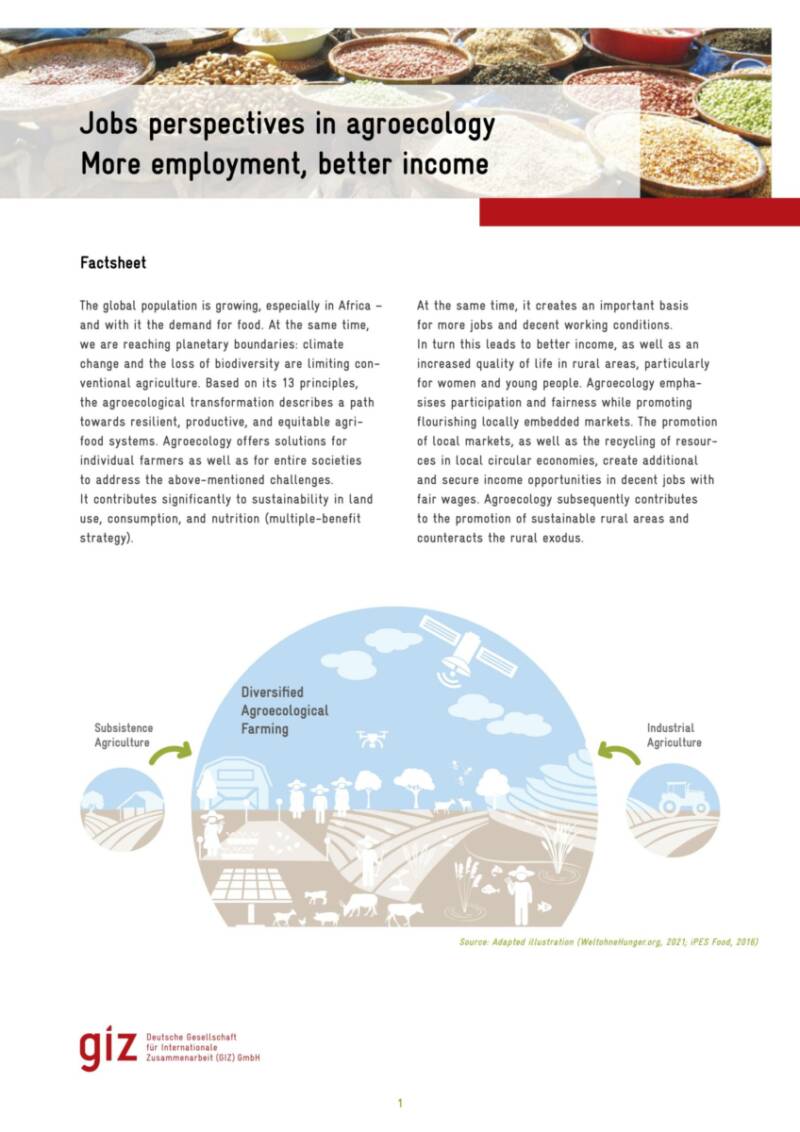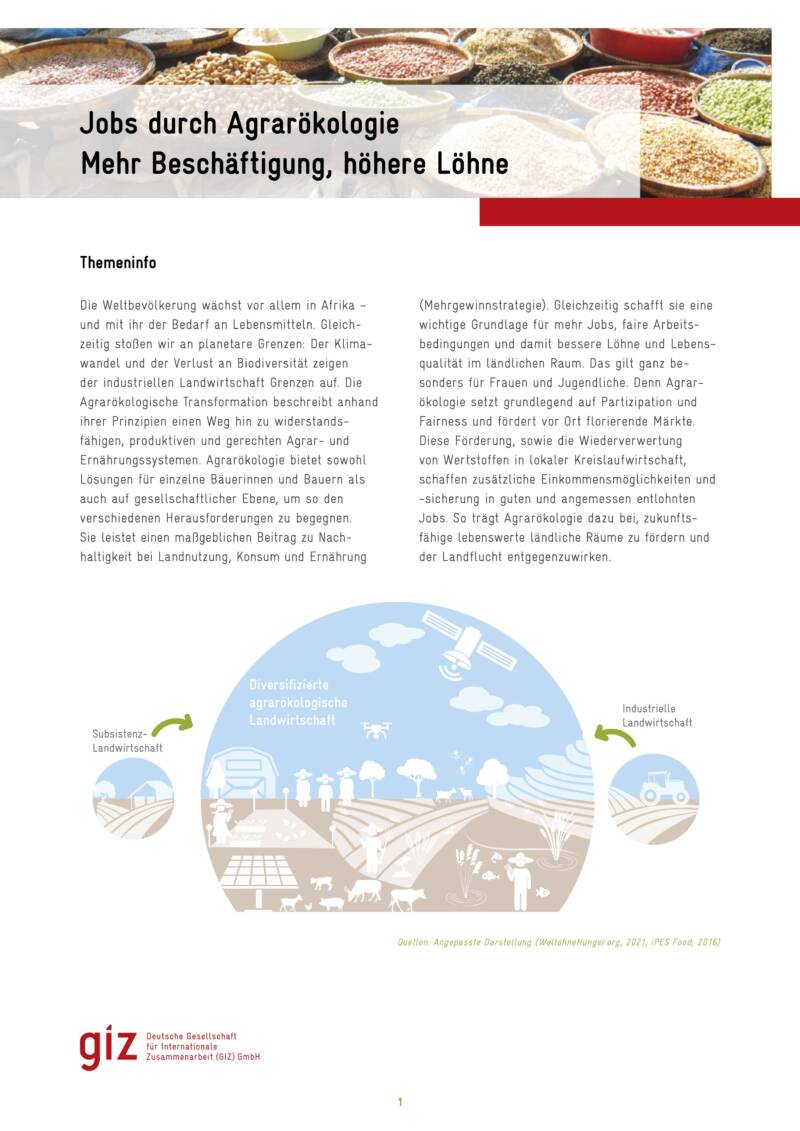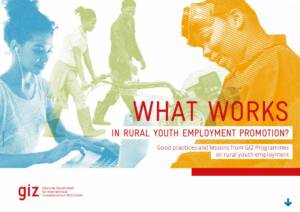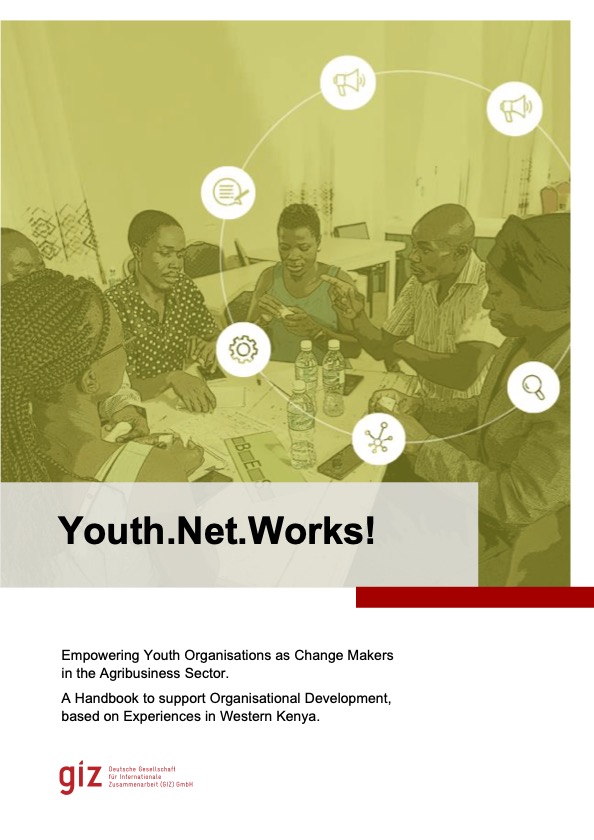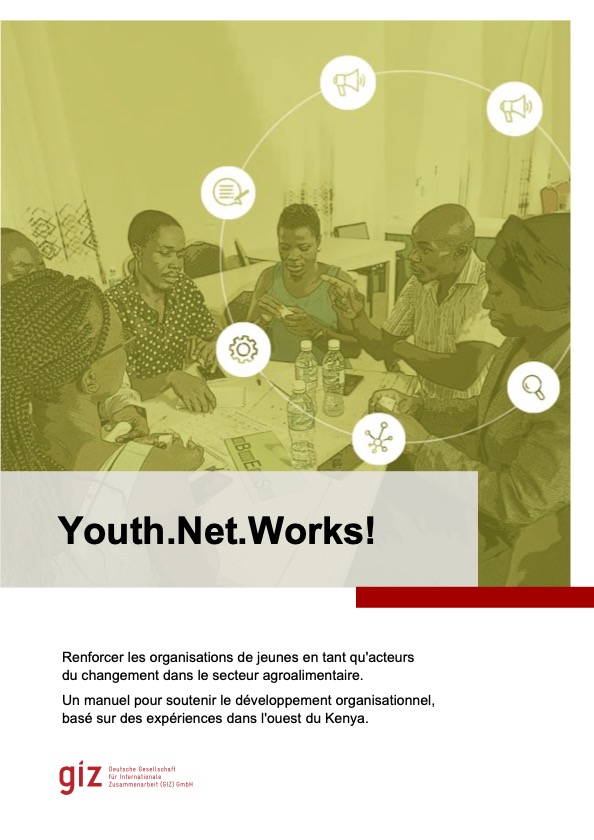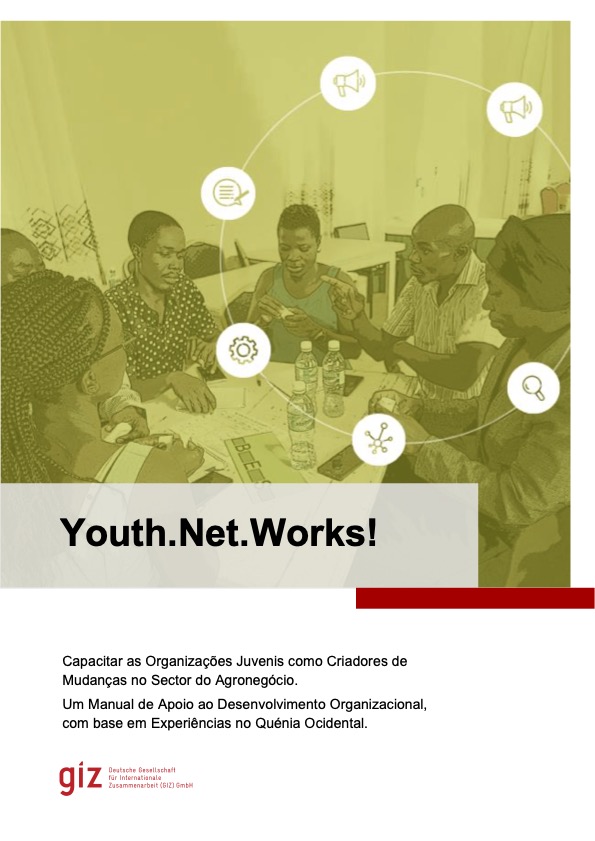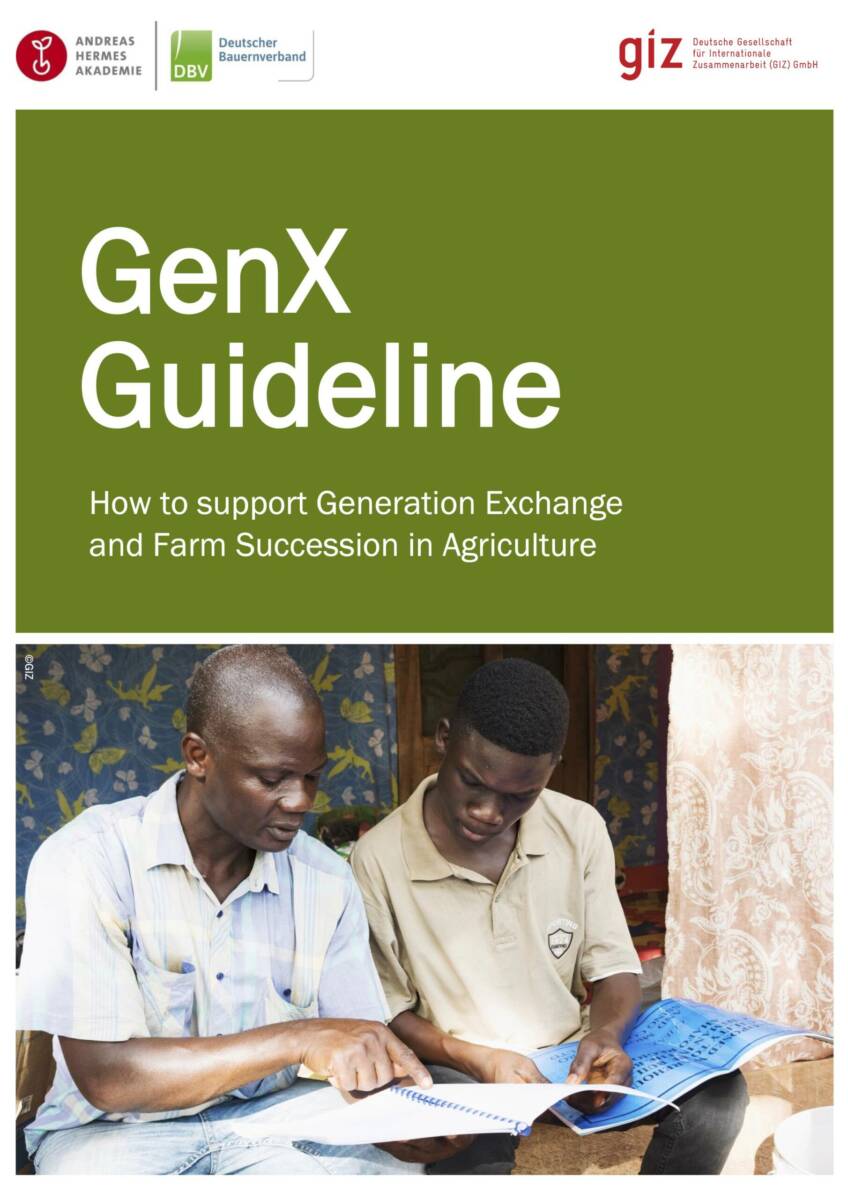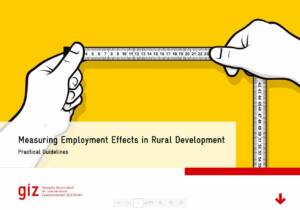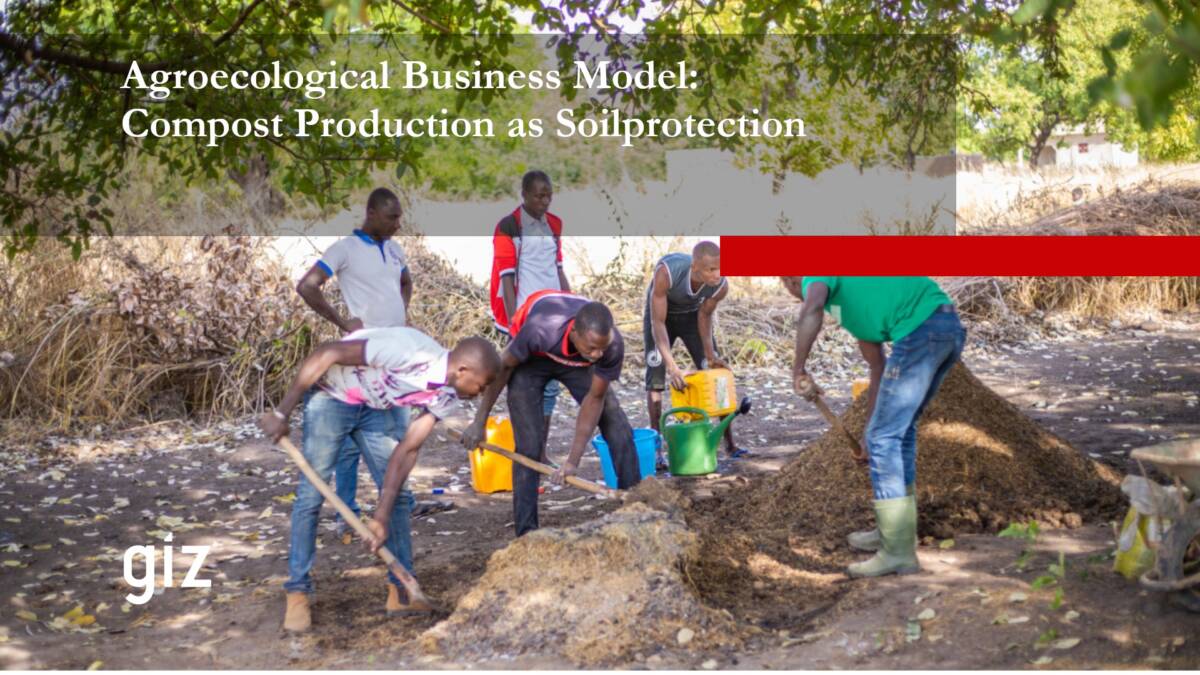Rural Employment
Why a community of practice on rural employment?
Employment is a critical issue which lately has been elevated on the political agenda, in development cooperation in general and by the G20 with German leadership in particular.
Clearly, employment has many facets to it. Within GIZ the subject is therefore covered by a number of different departments, looking at it from different vantage points and on the basis of various professional competencies, altogether making it a diverse, complex and challenging area of expert exchange.
The CoP aims to attract this diversity of thematic GIZ experts and external consultants to work on solutions to the somewhat daunting issue of job creation for youngsters in rural areas of Africa. The all-encompassing approach will utilize GIZ’s vast potential in thematic and methodological knowledge and experiences.
The network strengthens advisory services to BMZ and enriches GIZ structures with solid implementation practice.
Active participation will contribute to raising the impact of many projects.
Key data in and around rural unemployment
- Altogether, there are 1.2 billion young people aged 15 to 24 today, making it the largest young generation of all times. Youngsters make up the largest part of the population in many developing countries, particularly in sub-Saharan Africa and South Asia where most of them live in rural areas. The numbers are still on the rise even with urbanization going on. To address rural youth unemployment it is crucial to focus on creating new job opportunities as well as improving existing ones.
- The majority of working youths are poor, vulnerable and under-employed. They mainly work menial jobs, often in the informal sector. An estimated 440 million young people will enter African rural labor markets by 2030.
- It will be essential stimulate the demand for labour, especially for rural labour, as well as to enhance labour market services.
- More employment of male and female rural workers is necessary to achieve per capita income increases.
Mode of interaction
Throughout most of the year, the community of practice meets virtually, mainly using the means of webinars to enable the exchange of knowledge within GIZ but also to connect with external employment experts.
Who can join?
This community of practice is for everyone working in the field of rural employment, some of which might have a particular focus on youth. It is for everyone who wants to actively share knowledge and discuss. There are presentations of good practices and failures as well as information on recent developments in and around the subject of rural employment in Africa.




